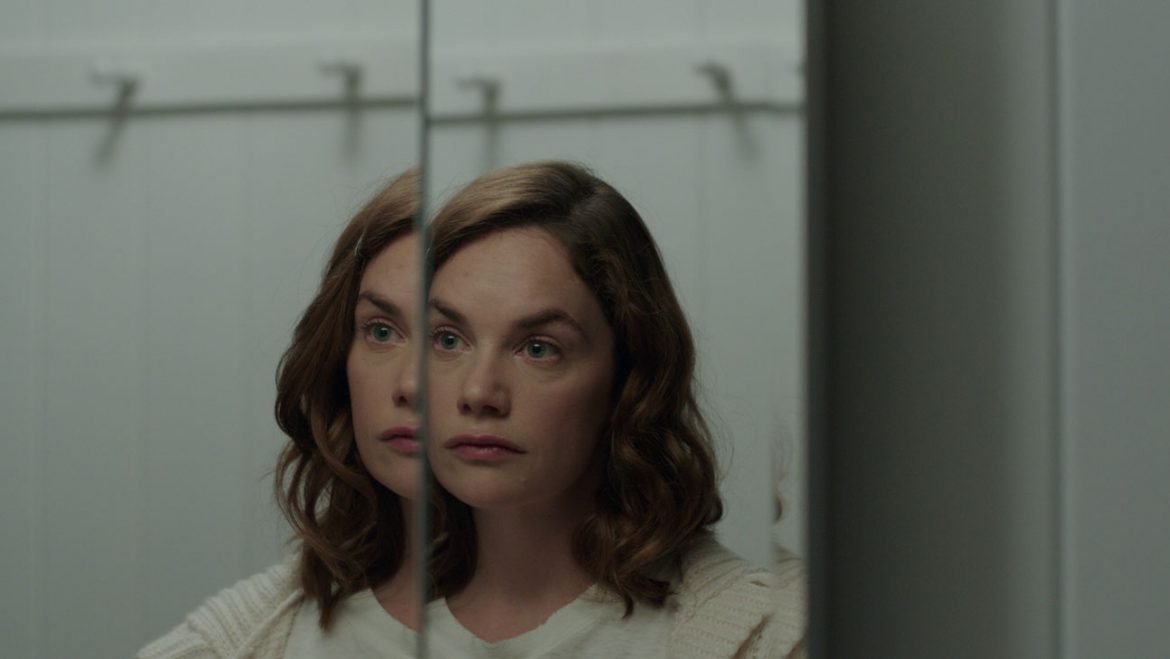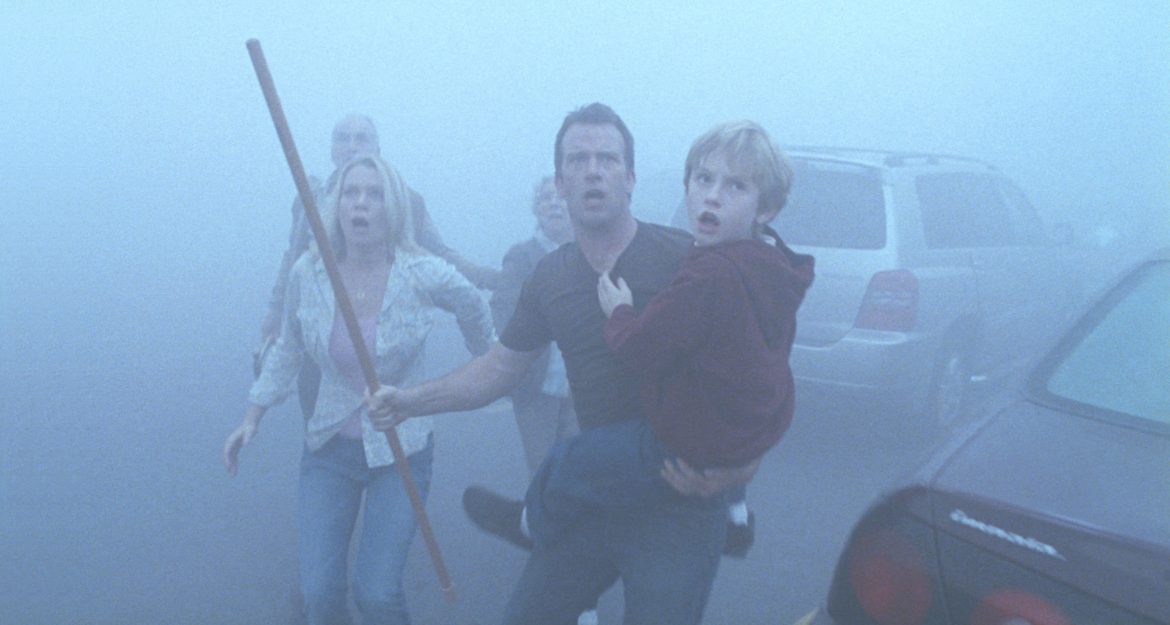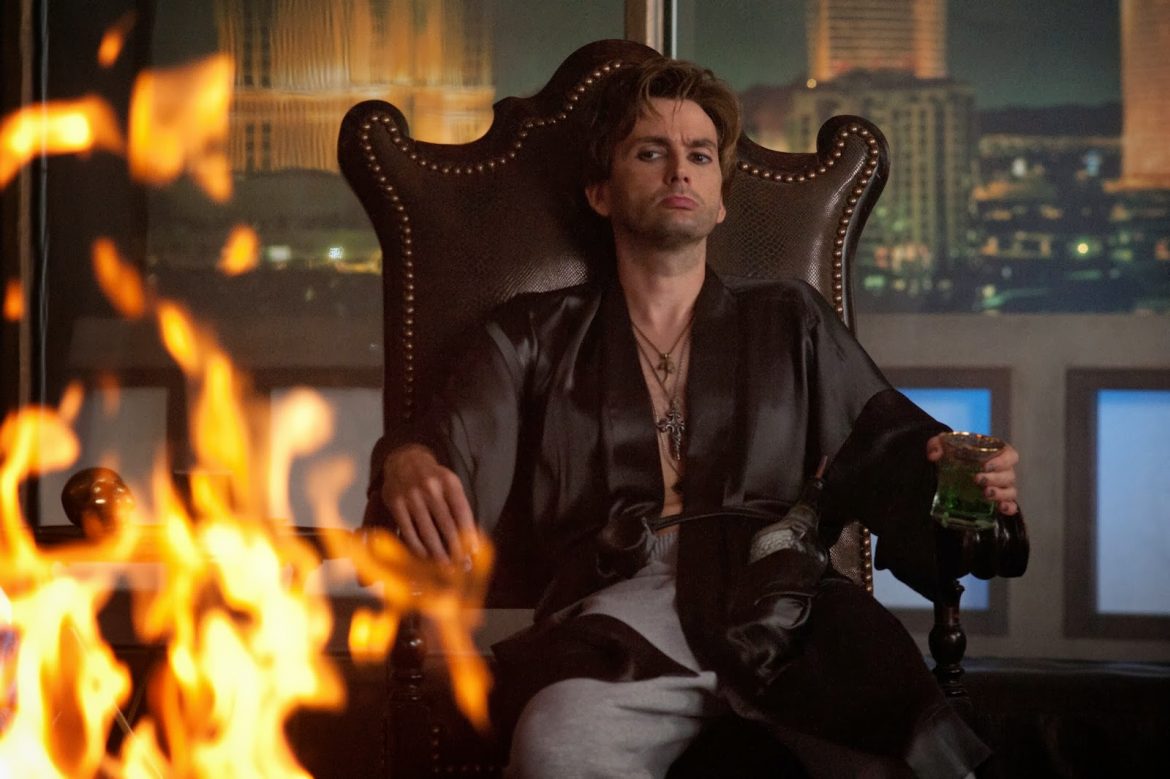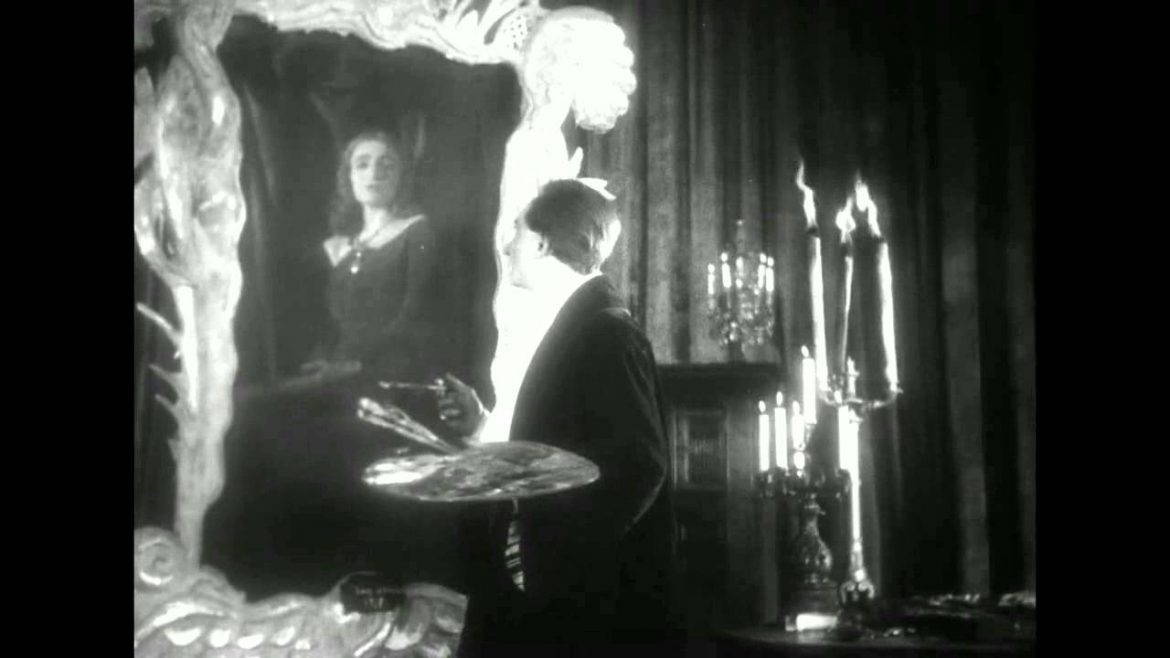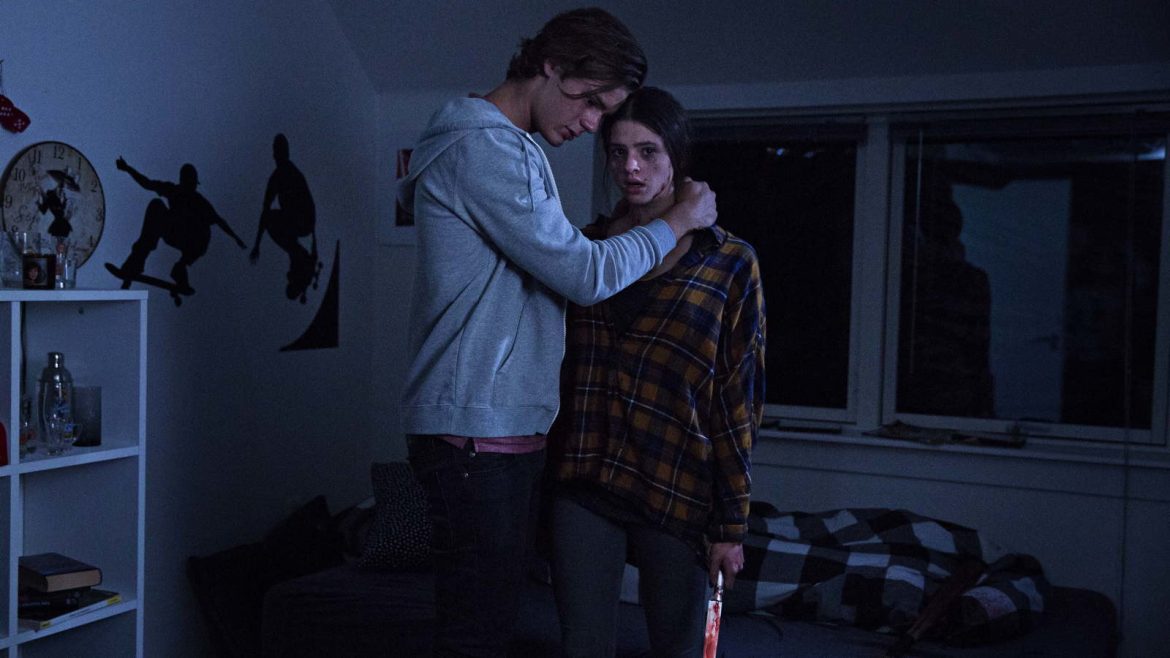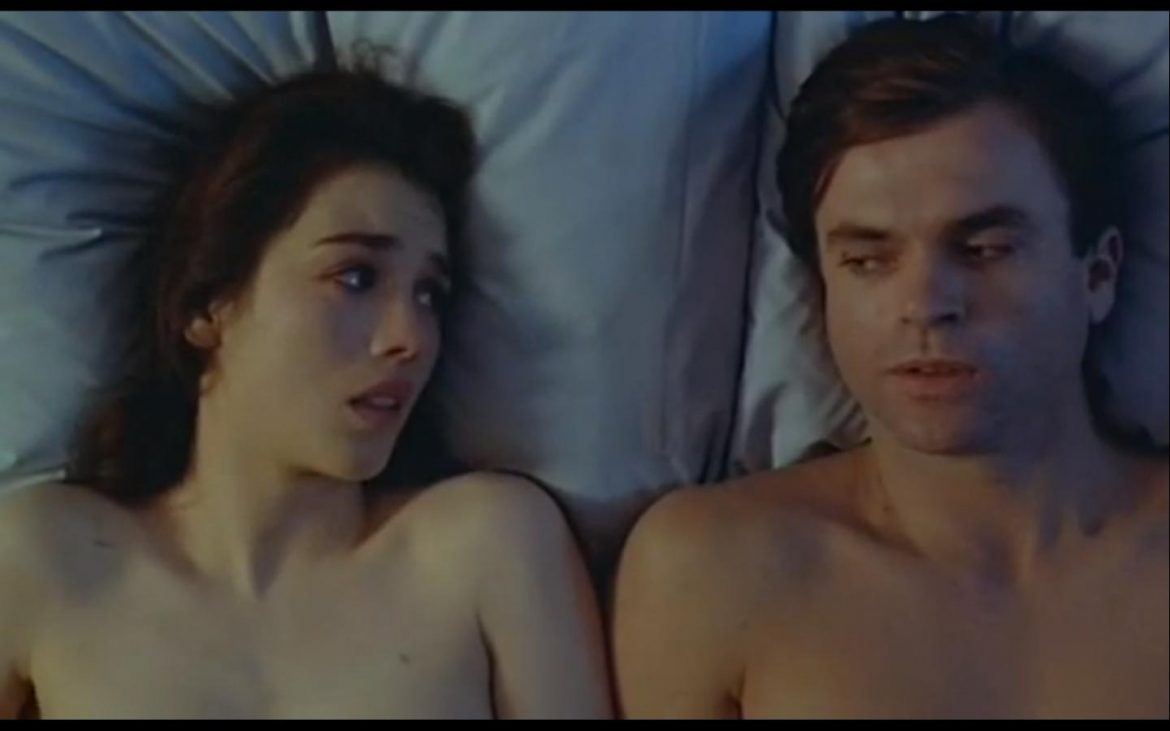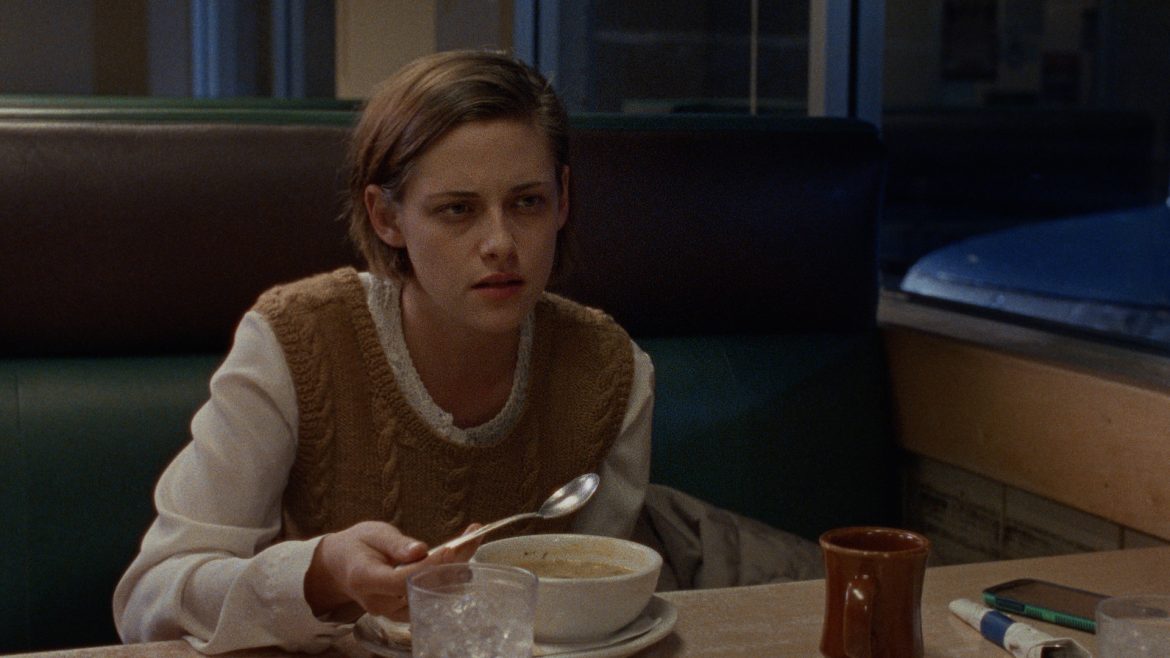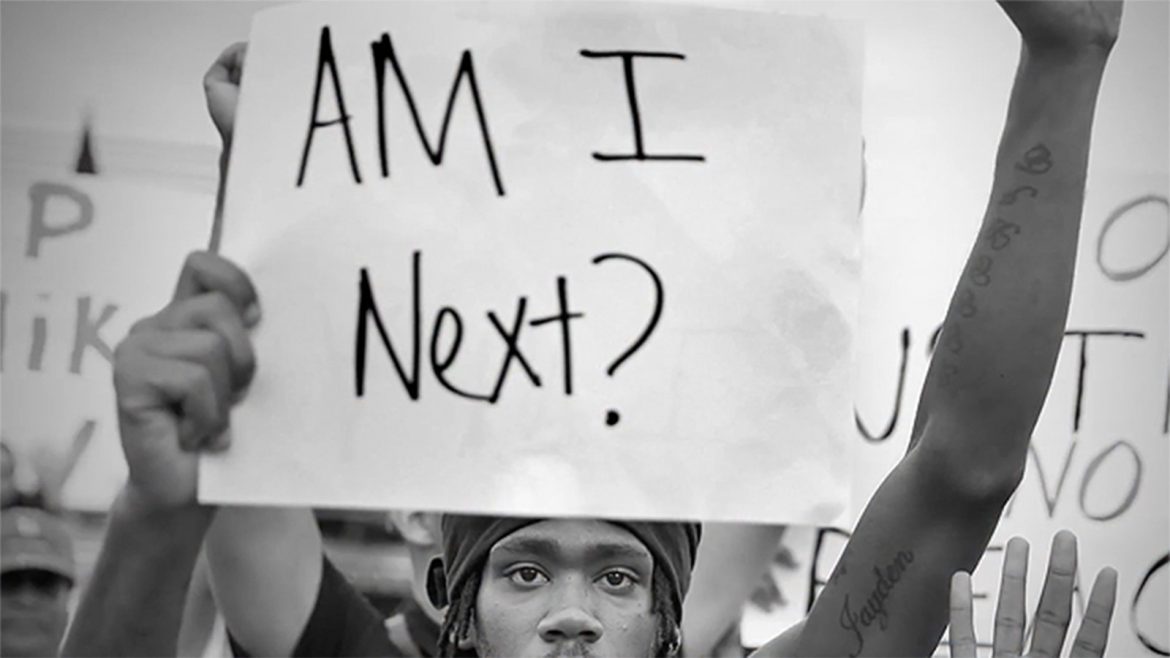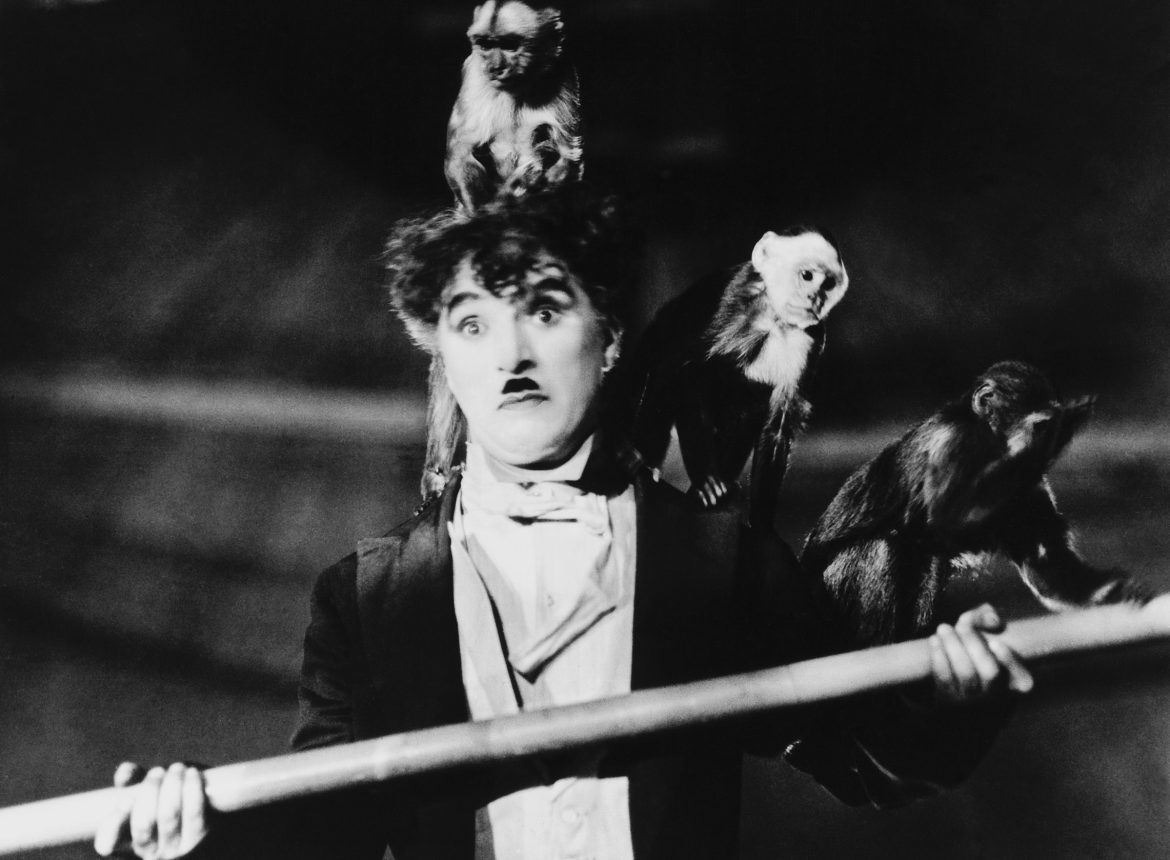At one point in the spectacularly creepy, evocatively-titled I Am The Pretty Thing That Lives Inside The House, our narrator tells us, “We make our own ghosts by looking, but pretending not to see.” It’s not exactly a skeleton key to the film’s meaning and approach, but it resonates throughout.
October 2016
A Light Beneath Their Feet, the sophomore feature from director Valerie Weiss and first-time screenwriter Moira McMahon, could have been disastrously cliched, and at certain moments threatens to veer into Lifetime movie territory. Instead, the film proves emotionally resonant and honest, buoyed by two empathetic central performances and a nuanced approach to familiar beats.
The horrifying saga continues. October will not be denied.
Taking stock, here is where we find ourselves on October 18th: 7 films from franchises, done; 5 decades, done; 5 films from before 1970, done; 1 silent, done; 1 classic Universal horror, done; 1 film with a witch/witchcraft, done; 1 Tobe Hooper film, done.
Though not the first of his stories to appear on film, The Fall of the House of Usher is perhaps Edgar Allan Poe’s most well-known Gothic tale, and arguably the best suited for cinema. Its central themes — the embodiment of individual interiority in physical architecture, the more or less haunted house, the living grave, the unreliable narrator, the tension between what is seen and what is felt, the rampant doublings of character — all seem appropriate to an imagistic treatment.
There is, generally speaking, no more appropriate time for a zombie movie than October, and the Danish What We Become, new to Netflix this week, is a worthy genre entry.
Writer/director Bo Mikkelsen borrows liberally from sources both past and current — “The Walking Dead” is an obvious contemporary comparison, even as What We Become draws on paranoid pandemic classics from Day of the Dead to 28 Days Later — but fashions something unique.
Our month of horror staggers along, terrifyingly, into October, seeking whom it may devour.
Last week, we laid out the general rules: 7 films from franchises, 6 countries, 5 decades, 5 films from before 1970, films from Bava, Argento, Lenzi, Fulci, Henenlotter, Romero, and/or Stuart Gordon, 3 crazy animal movies, 1 silent, 1 original film and its remake, 1 classic Universal horror, 1 Stephen King adaptation, 1 film with a witch/witchcraft, 1 Tobe Hooper film.
Laura is an attorney balancing the expected demands of her practice with the more unreasonable ones foisted on her by a demanding client. Gina seeks to build a dream house in the woods, while contending with a resentful daughter and a placating husband who always makes her the bad guy.
Some films simply arrive at the exact right moment. Whether through canny decisions on distribution and release, real-world events outside the producers’ control, or some other happenstance collision of histories, a cultural product arrives that is both inevitable and sorely needed.
Released in the closing days of the Silent Era, with production wrapping the same month The Jazz Singer premiered, Chaplin’s The Circus is a film that seems to know it’s aesthetic is on its way out the door.
Even with City Lights and Modern Times still to come, there’s an air of finality to it, perhaps most movingly encapsulated by its closing frames: we watch the circus leave the town and The Tramp behind, no better off than when he arrived to amuse the crowd at the start.

